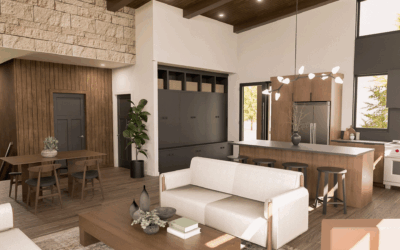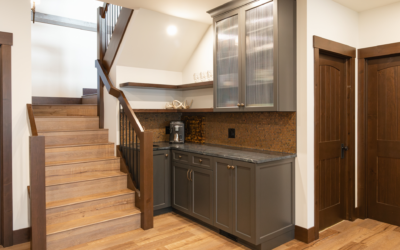The Basics of Environmental Psychology

Environmental psychology investigates how our physical surroundings affect our thoughts, feelings, and behaviours. This study explores how aspects of our environment—ranging from architectural design to interior decoration—can affect us. Its foundation is based on the idea that our built environments significantly impact our emotions and social interactions.
Architectural Design and Its Emotional Impact

1. Space and Light
Natural light is crucial in determining how we perceive a space. Research demonstrates that exposure to natural light can boost mood and enhance productivity. Well-lit spaces often feel more welcoming and less confining, positively influencing mental health. In contrast, dimly lit environments can contribute to feelings of sadness and sluggishness.
2. Colour Psychology
The colours used in architectural design can greatly affect mood and behaviour. Warm colours such as red and orange are known for their stimulating effects, while cool colours like blue and green can create a sense of calm. The deliberate use of colour in various types of spaces—Choosing the right colour scheme for different types of spaces—whether residential, commercial, or public—can influence the psychological atmosphere and impact how people feel and act.
3. Spatial Layout and Perception
The arrangement of a space affects how we move through it and interact with it. Open layouts often promote a sense of freedom and comfort, while more segmented or enclosed designs can enhance feelings of security and privacy. Effective architectural design considers human scale and movement, enhancing comfort and usability, which in turn affects mood and behaviour.
Biophilic Design: Reconnecting with Nature
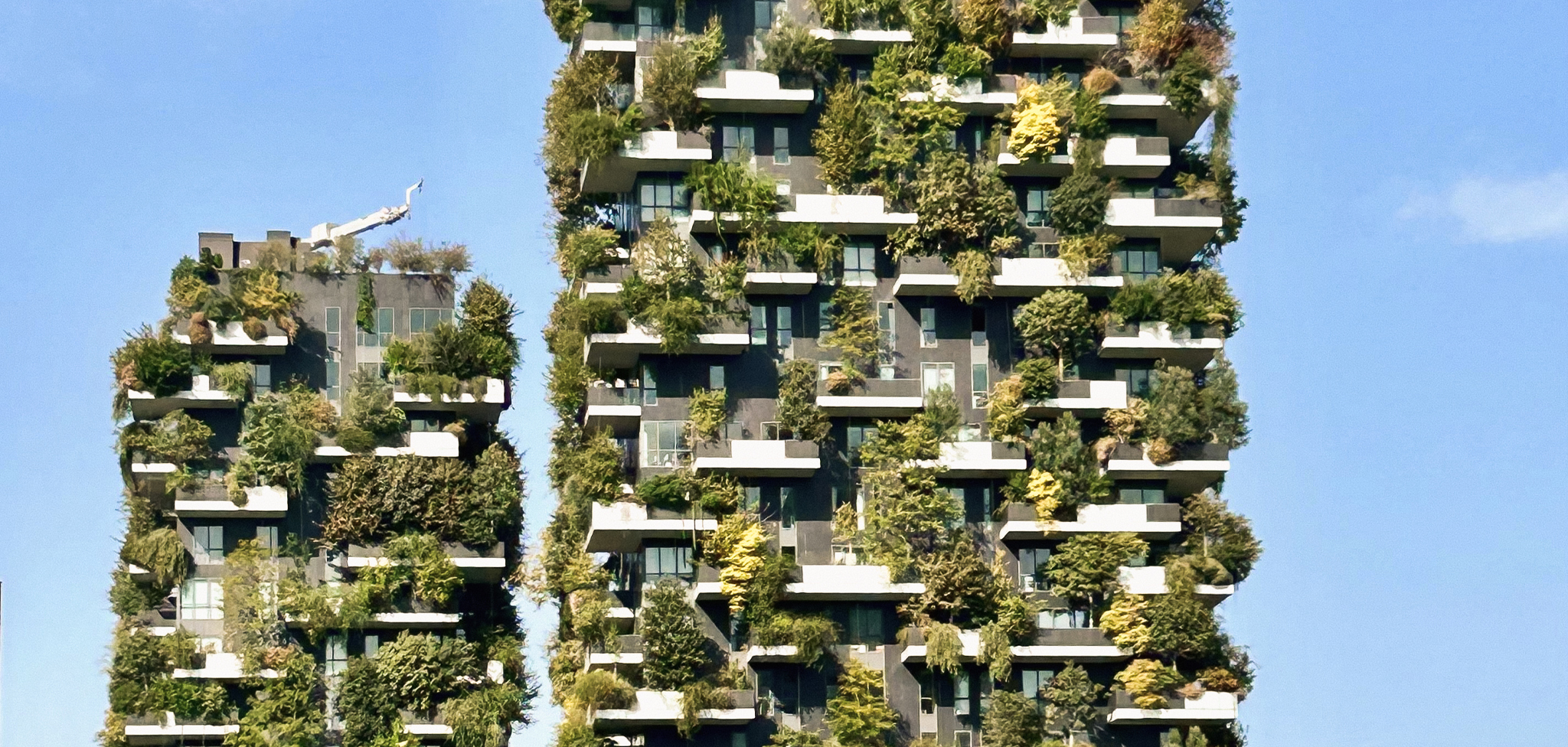
Biophilic design focuses on integrating natural elements into architectural spaces to fulfill our deep-rooted connection to nature. Incorporating features such as indoor plants, natural materials, and views of nature can alleviate stress and enhance well-being. This design approach utilizes our psychological need for natural environments to promote relaxation and recovery.
The Role of Building Materials
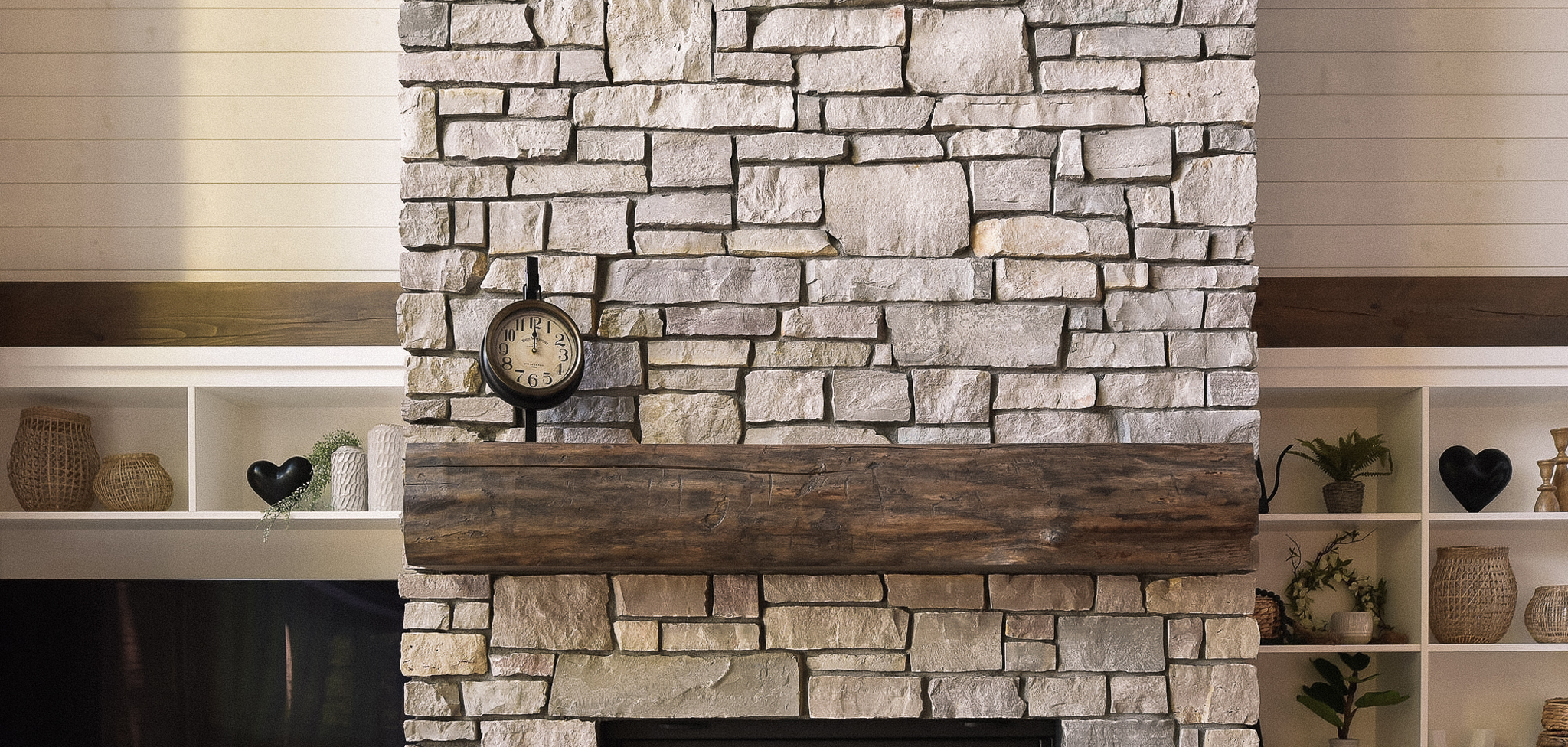
The materials used in construction also play a significant role in psychological well-being. Natural materials, like wood and stone, often evoke warmth and comfort, whereas synthetic materials might feel impersonal or cold. The texture, colour, and quality of materials contribute to the overall sensory experience of a space, affecting its perception and use.
Architecture and Social Behaviour
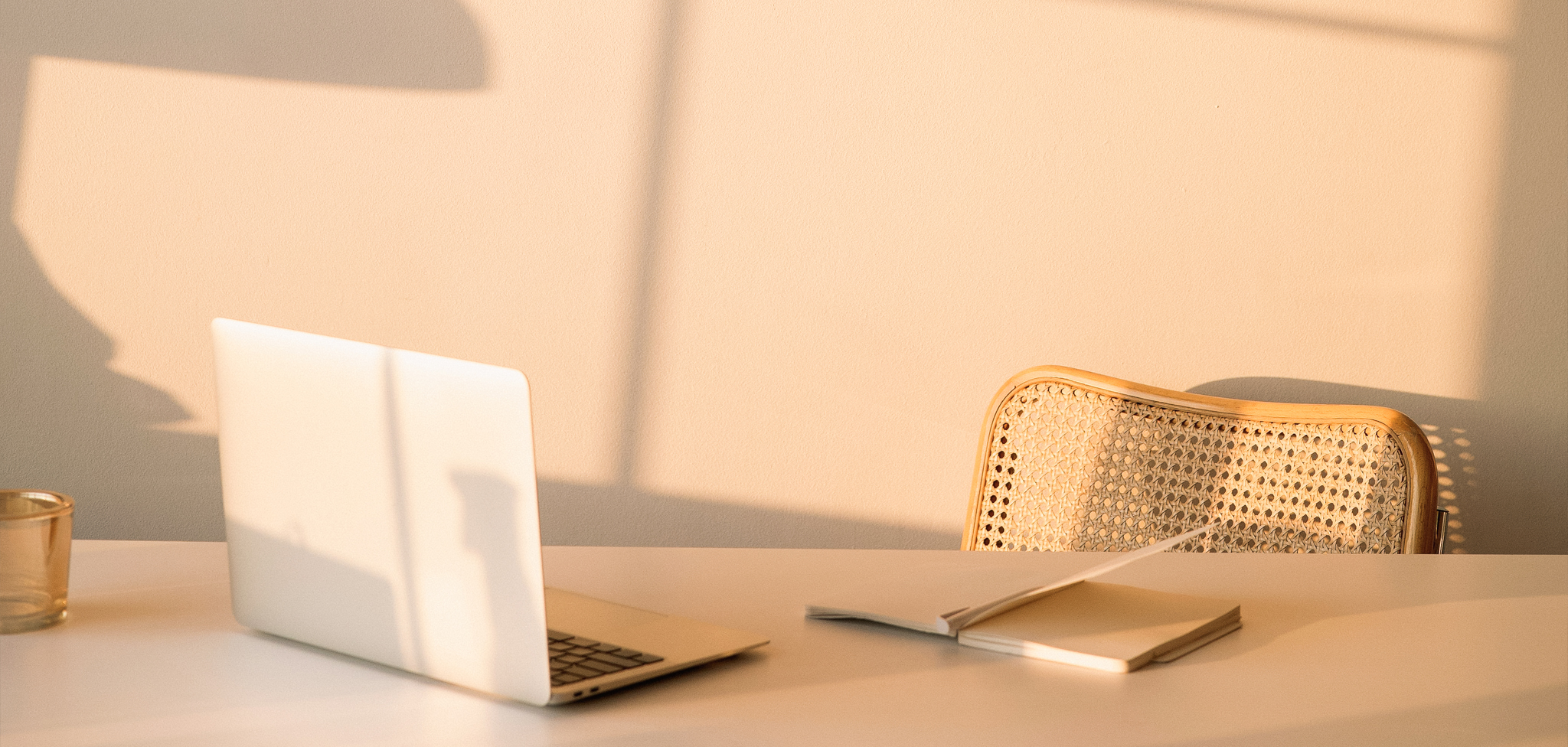
Architectural design affects not only individual emotions but also social dynamics. Well-designed houses and cottages encourage family bonds and improve social connections. Open living areas can make it easier for families to spend time together and host guests. Outdoor spaces like patios and gardens can expand living areas and encourage interaction with neighbours. Effective design can foster positive social behaviour, such as cooperation and inclusion, while poorly designed spaces may lead to social fragmentation or conflict.
Psychological Effects of Architectural Styles

Different architectural styles can evoke unique emotional responses. For instance, minimalist design with clean lines and uncluttered spaces may promote feelings of calm and focus, while elaborate and intricate designs might stimulate creativity and wonder. Choosing an architectural style tailored to the intended function of a space can enhance the desired psychological effects.
Designing for Mental Health and Well-being
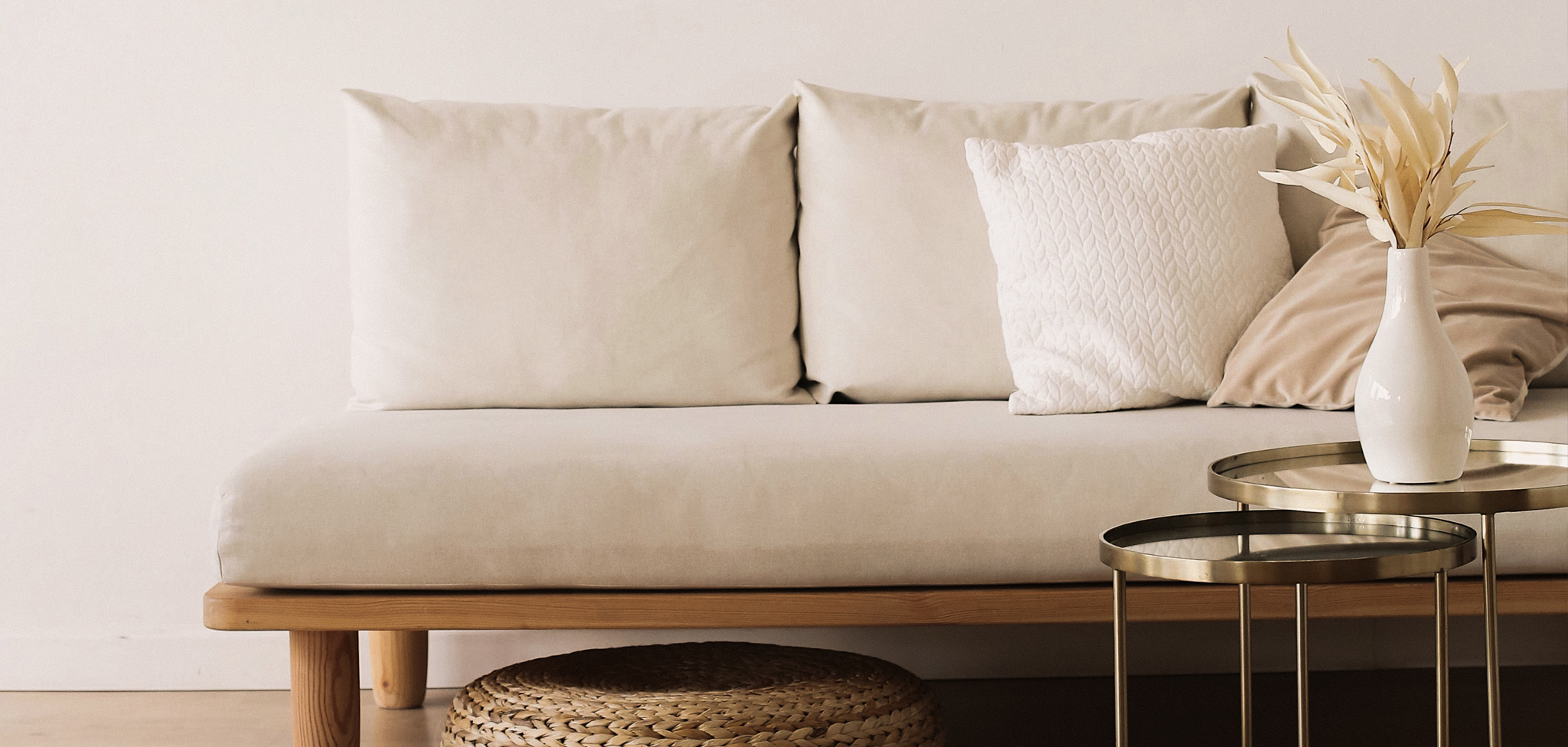
Contemporary architecture increasingly recognizes the importance of mental health and well-being. Modern designs incorporate features that address psychological needs, such as quiet zones, relaxation areas, and flexible spaces adaptable to personal preferences. By integrating principles from environmental psychology, we can create environments that support mental health and improve overall quality of life.
Case Studies and Examples
1. Google Headquarters (Mountain View, USA)
Google’s headquarters in Mountain View, California, is designed with employee well-being in mind. The open-plan offices, recreational areas, and various amenities are intended to foster creativity, collaboration, and overall job satisfaction.
2. Fallingwater (Pennsylvania, USA)
The Fallingwater designed by Frank Lloyd Wright, this house is renowned for its integration with nature. Its cantilevered design over a waterfall exemplifies how architecture can create a serene and calming environment, blending indoor and outdoor spaces seamlessly.
Conclusion

The psychology of space reveals how architectural design significantly impacts our mood and behaviour. From the interaction of light and color to the influence of materials and spatial layout, each element of design contributes to our psychological experience of a space. As designers continue to apply principles from environmental psychology, they aim to create environments that not only serve practical needs but also support and enhance human well-being.
Understanding and applying these principles enables us to design spaces that positively impact mental health, foster social connections, and provide environments where individuals feel content, productive, and at ease.
